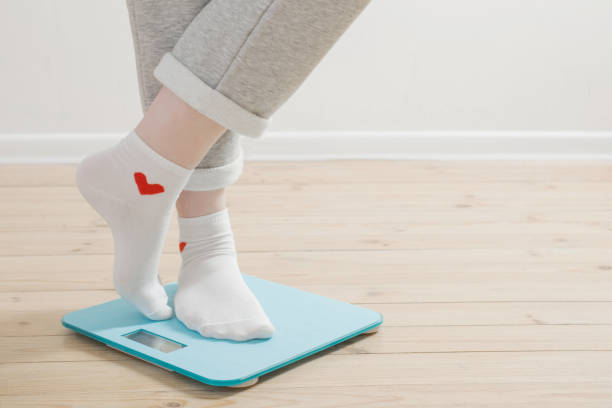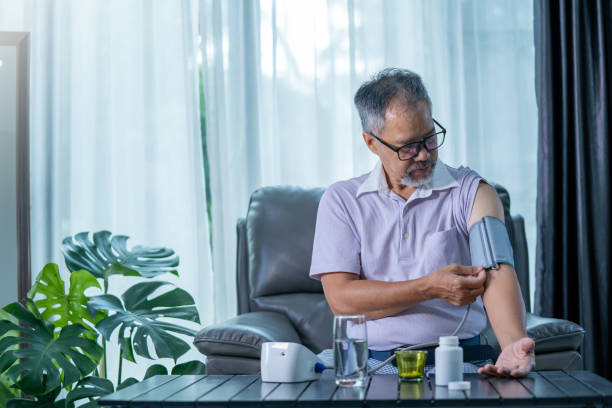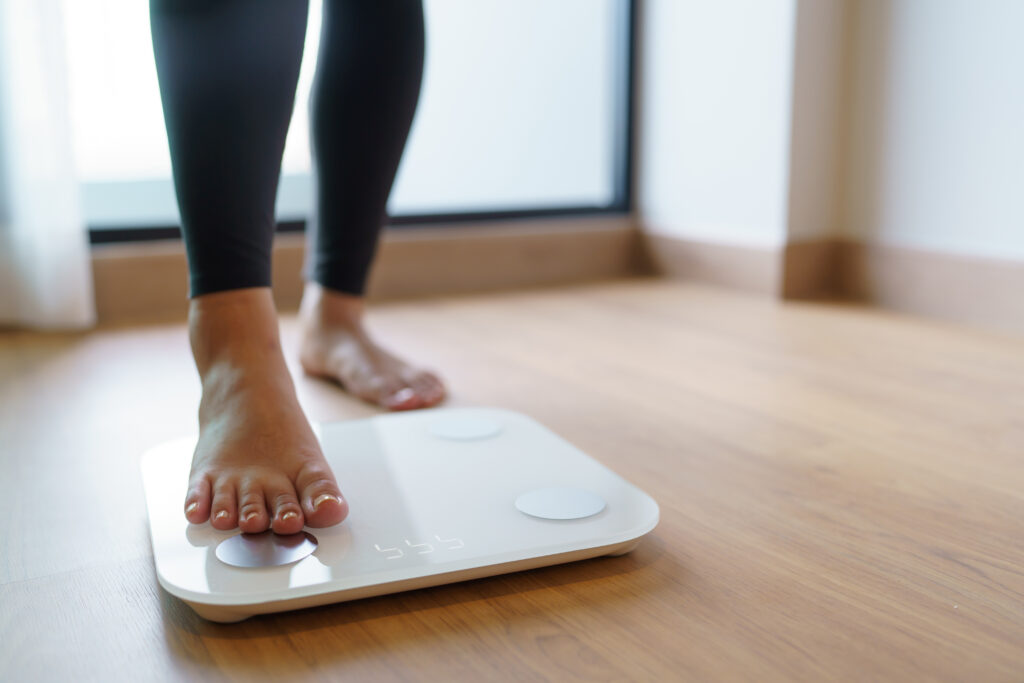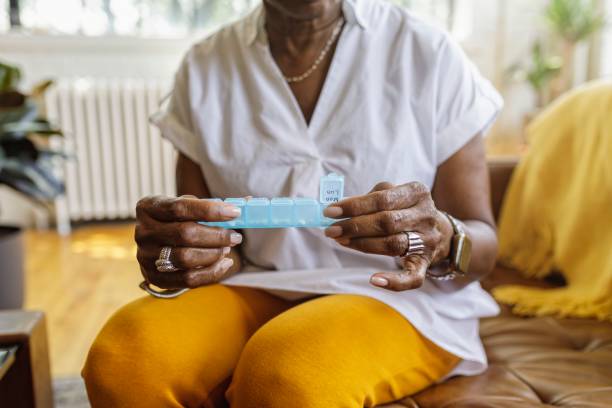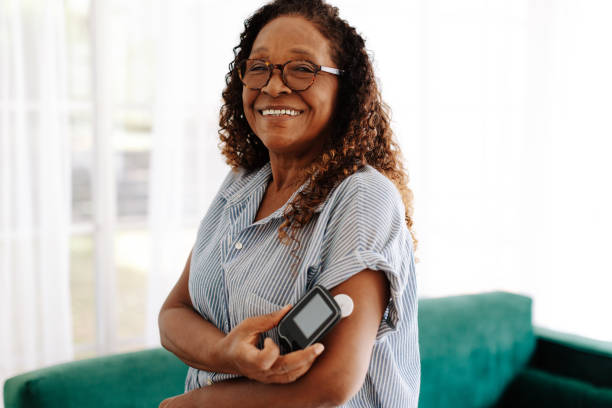Remote Weight Monitoring & Obesity Care Management
Obesity is a significant public health challenge in the United States, with widespread implications for individual health and the healthcare system. Managing obesity effectively requires solutions that address the growing demand for care. Remote weight monitoring has emerged as a practical approach to obesity care. By integrating digital scales and virtual appointments, healthcare providers can […]
Remote Weight Monitoring & Obesity Care Management Read More »

